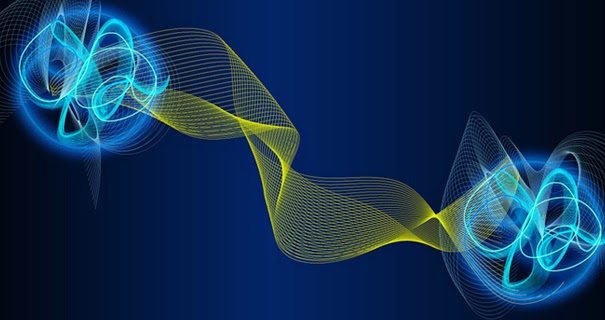Before we address how quantum computing might help solve some of the challenges plaguing IoT, it’s important to have a basic understanding of the fundamentals of quantum physics and quantum computing.
John von Nuemann developed the mathematically rigorous formulation of quantum mechanics. Unit vectors (called state vectors) represent the possible states (more precisely, the pure states) of a quantum mechanical system. These unit vectors reside in a complex separable Hilbert space, known as the state space, well defined up to a complex number of norm 1 (the phase factor). Therefore, the possible states can be regarded as points in the projectivization of a Hilbert space. This Hilbert space is usually known as the complex projective space.
The exact nature of this Hilbert space is system dependent. For example, the position and momentum states for a single non-relativistic spin zero particle is the space of all square-integrable functions, while the states for the spin of a single proton are unit elements of the two-dimensional complex Hilbert space of spinors. Each self-adjoint linear operator acting on the state space represents an observable. Each eigenstate of an observable corresponds to an eigenvector of the operator. The associated eigenvalue corresponds to the value of the observable in that eigenstate.
The inner product between two state vectors is the probability amplitude and is a complex number. While performing an ideal measurement of a quantum mechanical system, the probability of a system collapsing from a given initial state to a particular eigenstate is the square of the absolute value of the probability amplitudes between the initial and the final states. The possible results of such a measurement are the eigenvalues of the operator. This explains that the choice of self-adjoint operators for all the eigenvalues must be real. Computing the spectral decomposition of the corresponding operator for an observable gives us the probability distribution of that observable in a given state.
Typically, states are not pure for a general system. Instead, they are usually represented as statistical mixtures of pure states, or as mixed states, which are given by density matrices: self-adjoint operators of trace one on a Hilbert space. Moreover, for general quantum mechanical systems, the effects of a single measurement can influence other parts of a system in a manner that is described instead by a positive operator valued measure. Thus, the structure, both of the states and observables in the general theory, is far more complex than the idealization for pure states.
Read more on IoT Practitioner.


















